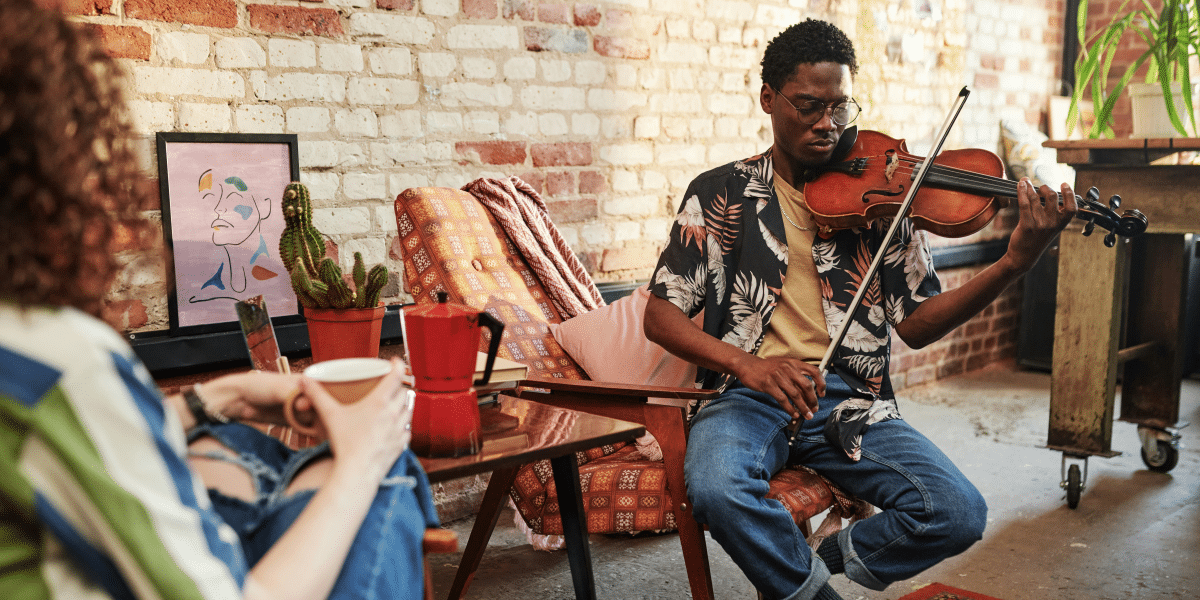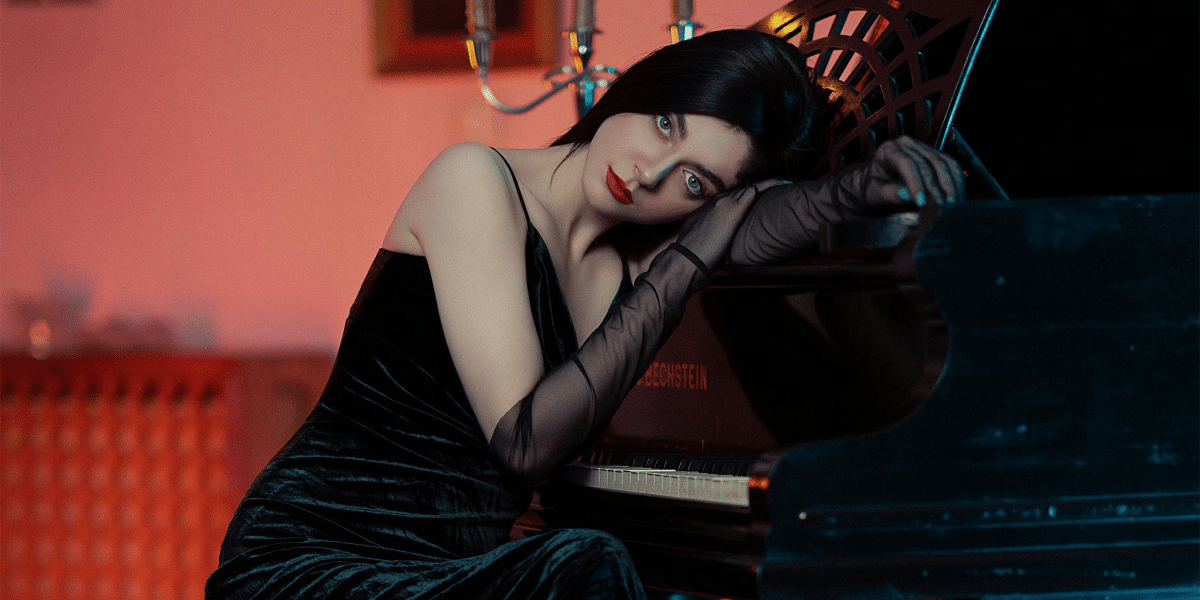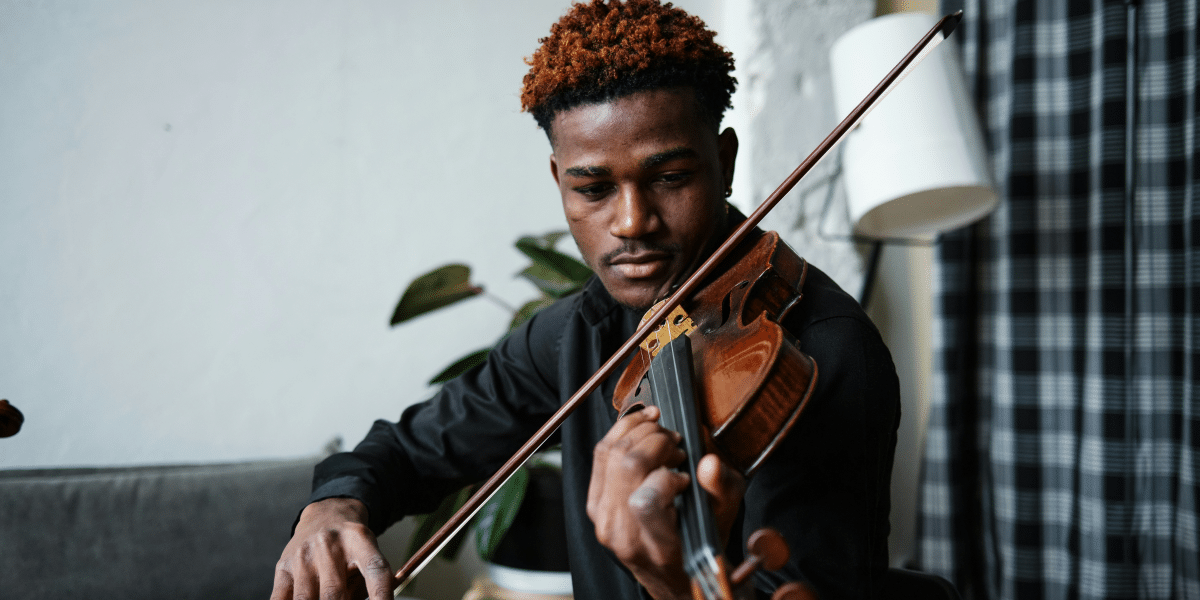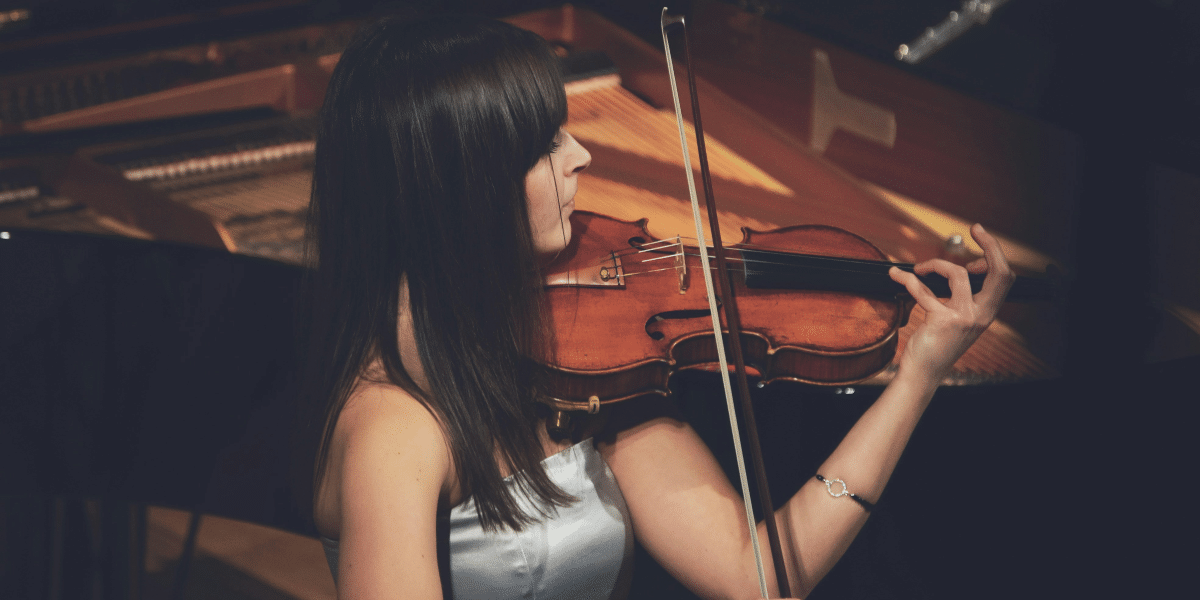Washington, DC is known for politics and political fodder. If the buildings within DC proper could speak, they would tell possible stories of American history, scandal, and progress. A silver lining to a city rigid in
bureaucracy is its arts scene. With an arts history that spans decades, DC has become an arts destination for many tourists, artists, and local supporters. One artist makes space for music and dance to collaborate and grow together. Shawn Short, a talented DC dancer, and musician, has made strives to share his artistic spaces with dancers and musicians alike. Short carries an extensive background in classical and musical theatre music, is a former professor of Catholic University of America’s Rome School of Music, and is an active music collaborator through DC’s Dissonance Dance Theatre.
Short’s musical journey starts in the halls of Prince George’s County’s public – a suburb outside of Washington, DC. Starting in youth choirs sponsored by the county, Shawn, a thin, tall, boy soprano with a sprightly personality enjoyed regular performances at community events and the Kennedy Center for the Performing Arts along with accomplished classical musicians. At eleven years old, he began his training as an instrumentalist, developing his skills as a flutist; playing the works of Chaminade, Mozart, Bach, and more. His love of classical music led to Short performing in touring engagements with the Lions Honors Band under Dr. Sparks formerly of University of Maryland College Park’s music department. Shortly after his grade-school years, and as a graduate of Duval High School’s vocal and instrumental department, Short attended college as a music major furthering his development as a musician. Taking an interest in musical composition and musical software, Short performed across college campuses, and the Appalachian region. Shawn studied music at Frostburg State, and Bowie University, but eventually completed his Bachelor’s degree at Howard University where he blended his love of dance, theatre, and music into a theater degree in musical theater.
As a student of the many artists in Washington, DC’s arts community, Short utilizes his love of music alongside his love for theatre and dance – building youth programs and higher education alike. Communities take work and time to develop, and luckily Shawn has patience for the vision he has for the arts. Short was Program Director for the Kelsey E. Collie Children’s Theater Experience (KECCTE) for more than four years. In the same fashion, Short aided in the development of the Adventure Theater’s acquisition of the Musical Theater Center, Adventure Theater-MTC (AMTC). Invited by AMTC’s former Artistic Director Michael Bobbitt to assist in the growth of its new teaching staff and student development, Shawn provided several years of student instruction, and organizational advisement that led to Adventure Theater-MTC becoming one of the leading musical theatre training programs in the Washington, DC area. It would be remised if Short’s contribution to higher education were not mentioned. Catholic University of America’s Rome School of Music was in need of assistance. The musical theater concentration, under the direction of Jane Pesci-Townsend, wished for a revamp of its program to produce competitive artists to work in their industry. A founding faculty member of the Washington Ballet’s south education campus in southeast DC, WSB@THEARC, Short gracefully transitioned to higher education.
In 2012, The Washington Post’s dance critic Sarah Kaufman shines a positive note on Short’s student’s performance in a professional production of Hairspray, “The ballet training of Catholic University graduate Patrick Thomas Cragin, who plays pompadoured heartthrob Link Larkin, is clear in his aerial pep.” A favorite professor and loved by his students, Shawn guided the ballet coursework annual enrollment from 33 to 77 per semester. Short used his love of the arts to develop singers who wanted to dance and act, but many of his students have made an impact in national/international tours, regional theater, and tv/film; including actress/playwright Asia Martin, and actress Maya Allicock, Broadway 2015 Matilda-performer Cole Edelstein, Equity Actress/playwright Melissa Victors, “Dolly” 2019 national tour (Barnaby) Sean Burns to name a few.
Ultimately, Short created his own platform that brought together his love of music, dance, and theater – Dissonance Dance Theatre (DDT). Founded in 2007, DDT’s mission is to challenge the audience’s assumptions about the human experience through dance. According to Ngoma Center for Dance, DDT’s parent organization, DDT is the only nationally-recognized, Black-led contemporary ballet company between NYC and ATL. Named “One of the 11 small-but-mighty dance companies outside of LA and NYC” by Dance Spirit Magazine, DDT’s first musical collaboration was with Short himself in 2010. Short composed and produced the musical score for his choreographic work What The Eye Sees.
Dissonance Dance Theatre has collaborated with local musicians and ensembles. Shawn’s love of music brought new artists to the growing dance company. DDT’s past musical collaborations include composers from Catholic University’s Rome School of Music – graduate and undergraduate – performed by local musicians and CUA’s Women’s Ensemble. Blues Alley’s Sine Qua Non, a DC jazz sensation, connected with Shawn and magic was born with the dance and music production Transoul. Classical music touring ensembles, Atlantic Reed Consort and the Georgetown Quintet, have graced the stages of DDT’s performance season – bringing new audiences and artistic zest. In the world of hip hop, collaboration with contemporary ballet artists is few – especially African-American artists. Shawn enlisted local rapper Trenie Marquis (Tru Ghost) for his first hip-hop-infused ballet Key in Ebony.
As the world of live theater has been disrupted by the COVID pandemic, new creative innovation is required. Shawn Short is making new opportunities for musicians, dancers, and actors. It would take a musician to feel the underpinning rhythm that makes the people dance.
